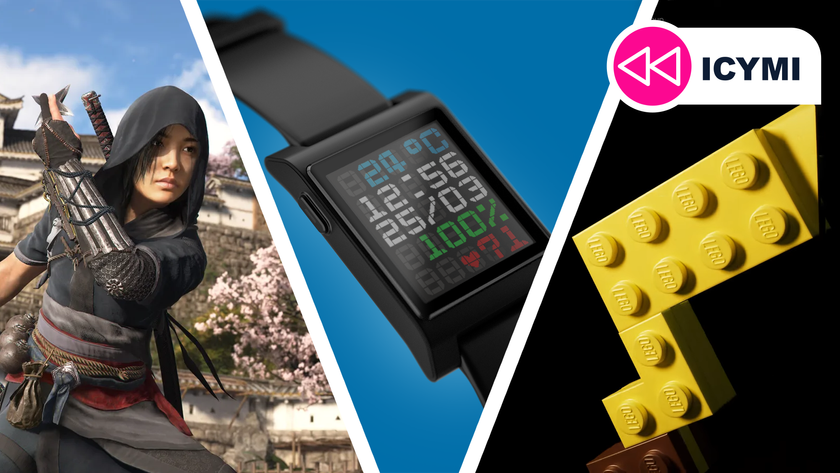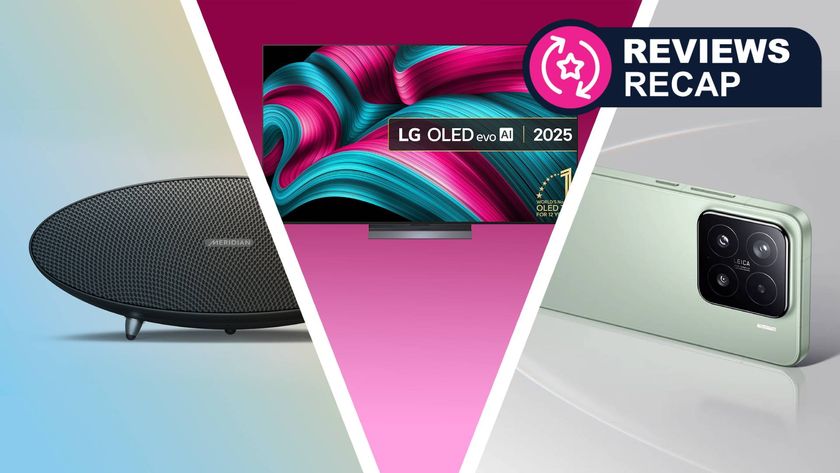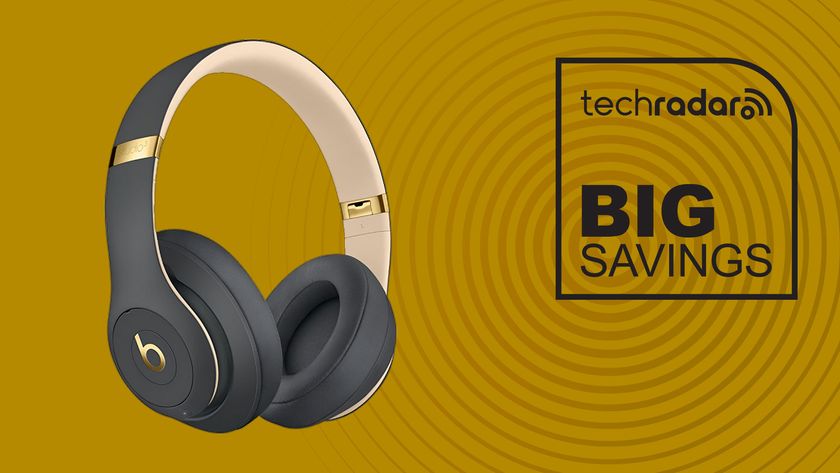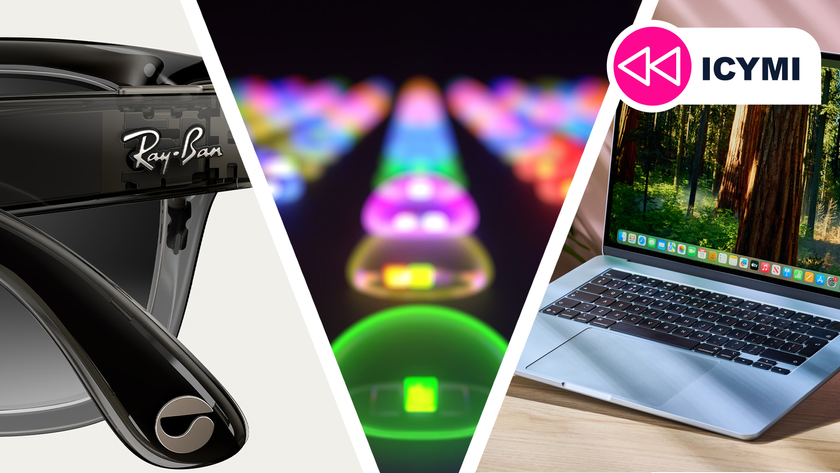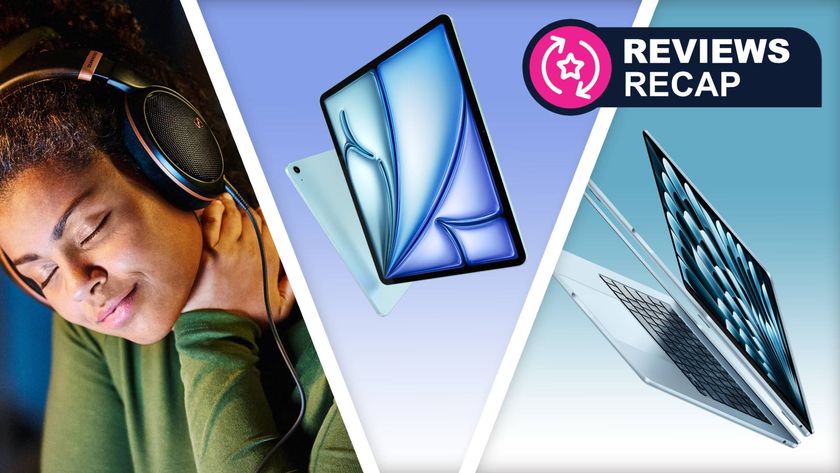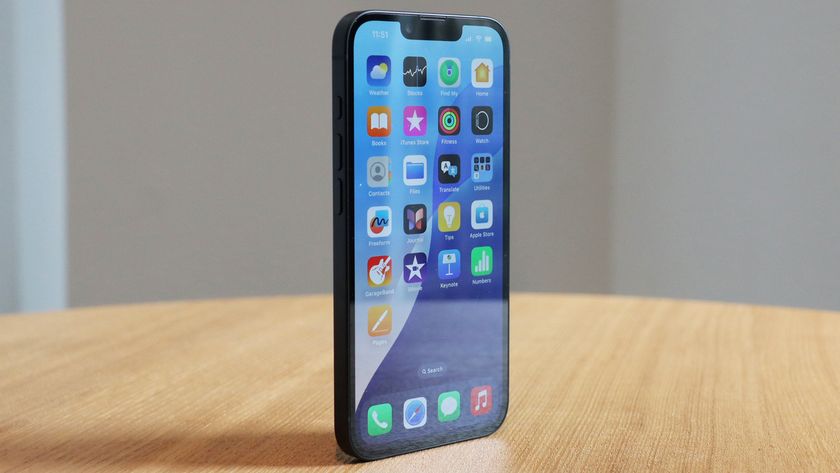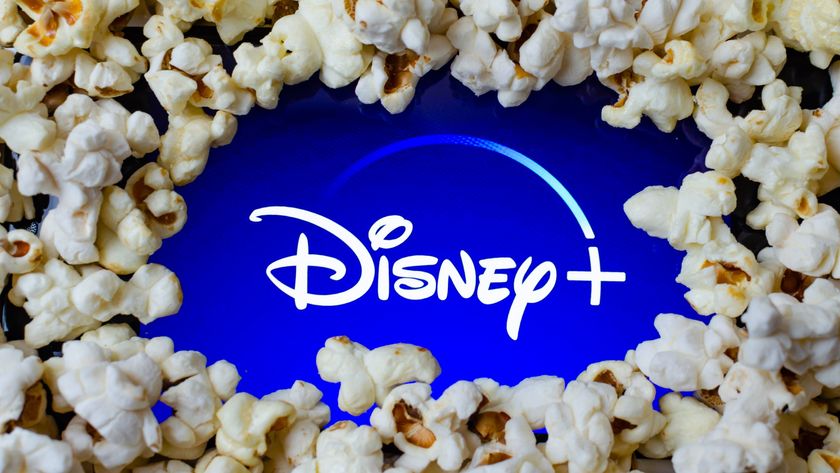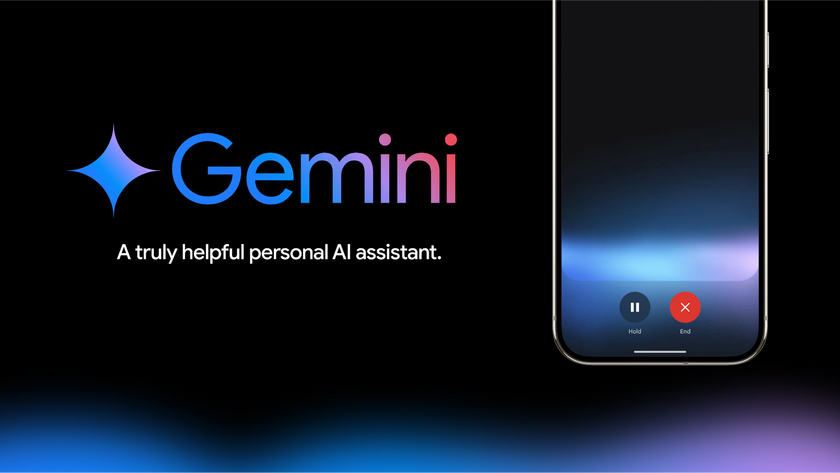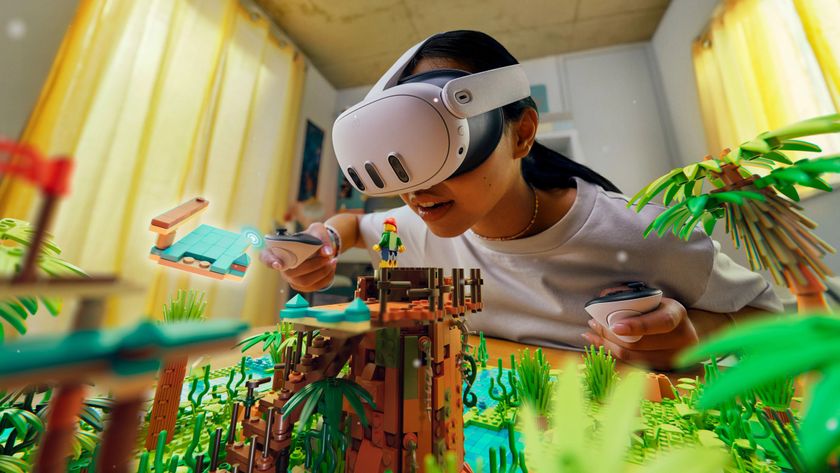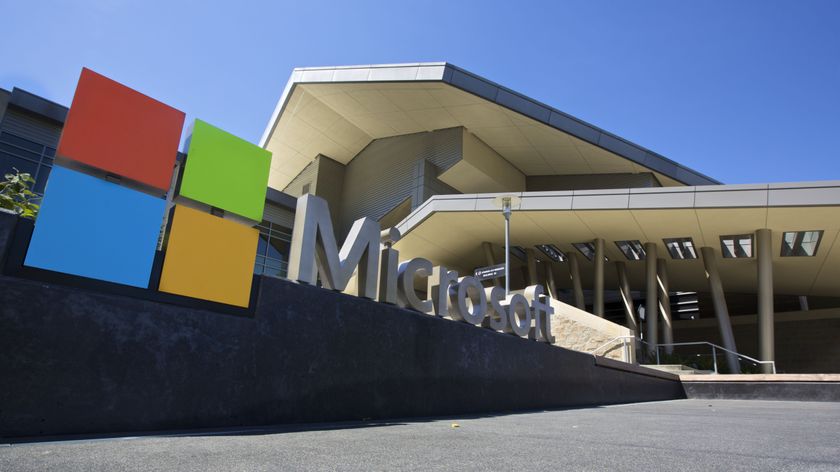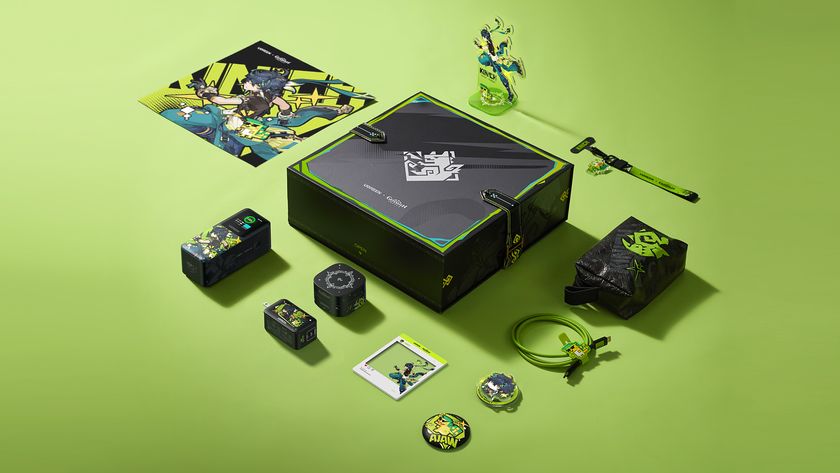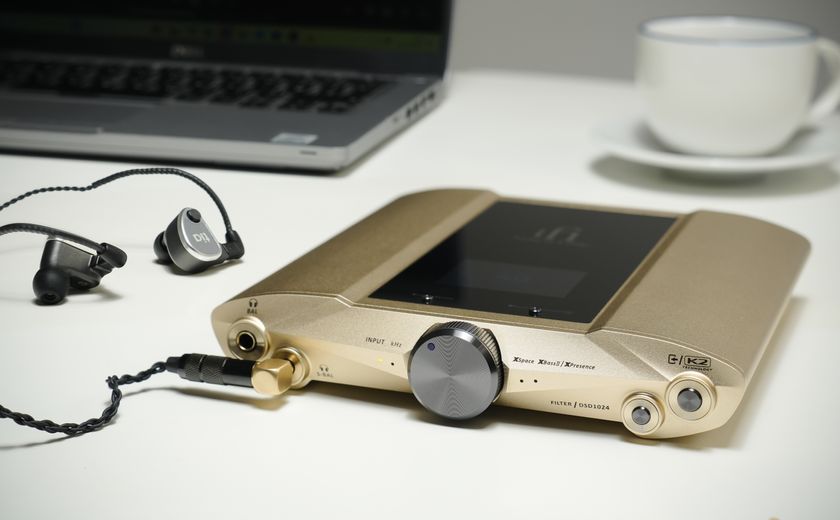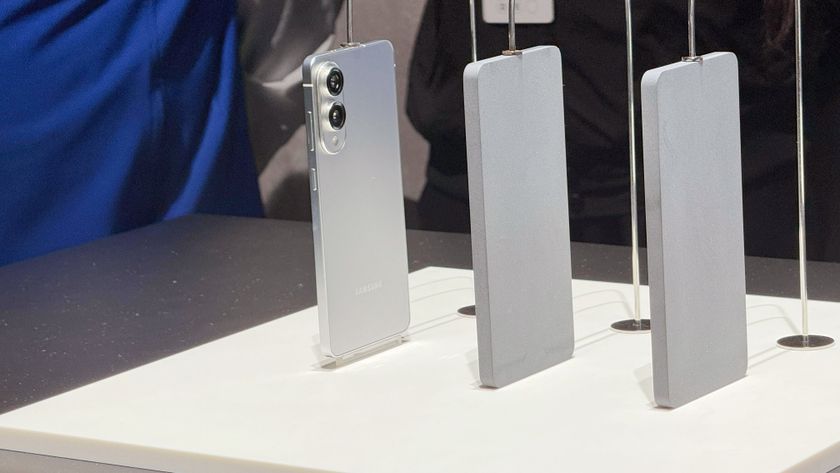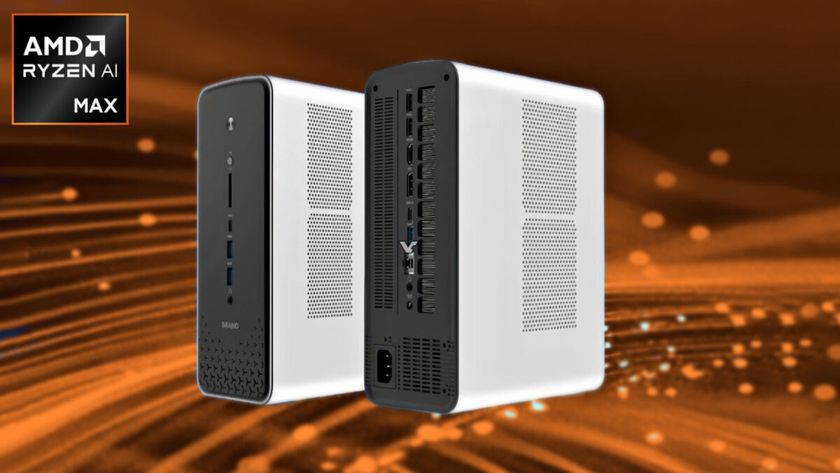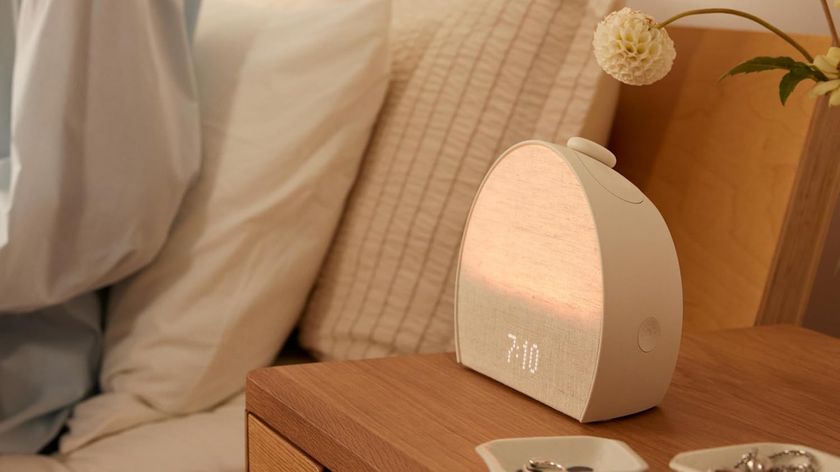Wristy business: why Microsoft could win at wearables
Can Microsoft make amends for missing mobiles and tablets?
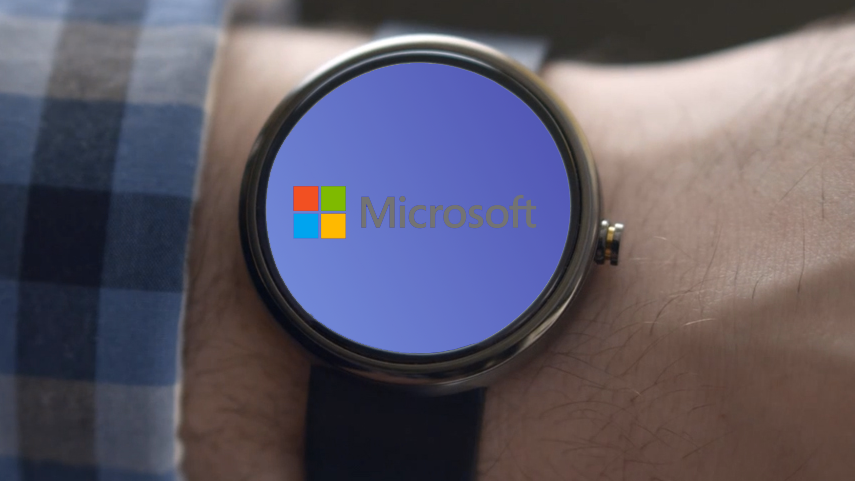
Microsoft has essentially lost the smartphone race, with Windows Phone capturing under 5% market share in the US and Western Europe.
In emerging markets it is doing a little better, but the profits that can be made are far less and will not sustain Microsoft as the world moves away from desktop PCs to smartphones and tablets.
Right now, Microsoft is one of the most relevant companies in the world when it comes to enterprise but when consumers leave the office they leave behind the world of MS and switch instead to devices with Apple and Samsung logos on them, powered by iOS or Android.
This is a massive problem for Microsoft and one that it is undoubtedly trying to address.
Windows Phone is making progress in emerging markets, such as South America and India, but in Western Europe and the US the battle is lost, with Samsung (running Android) and Apple capturing over 99% percent of the profits coming from mobile.
While Microsoft may be happy with third place, it is not enough for it to retain consumer interest as BlackBerry, HTC, Sony and LG have found.
An argument could be made for Xbox being Microsoft's saving grace when it comes to consumer technology, but the Xbox brand has become disassociated with Microsoft.
Get daily insight, inspiration and deals in your inbox
Sign up for breaking news, reviews, opinion, top tech deals, and more.
Partly due to the lack of Microsoft branding on the product and partly due the scale of games consoles is far dwarfed by the scale of smartphones, tablets and, indeed, the potential scale of wearables which has been pegged by analysts Canalys as a business that will sell over 45 million units annually by 2017. Sadly for Microsoft, only one of these categories is up for the taking.
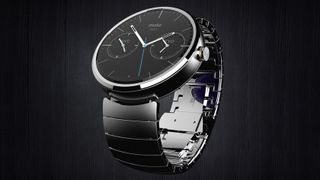
Microsoft must look to the future if it wishes to regain a foothold in consumer tech and the future, according to many analysts, has "wearables" written in big bold letters across it.
Apple, Google, Motorola, Samsung, LG and Sony all have wearable devices - mostly smartwatches - either on the market now or waiting in the wings.
Google has unveiled Android Wear, a version of Android specifically designed for wearable devices, teaming up with Motorola and others to create devices like the stunning Moto 360.
No clear winner
No clear winner has emerged in the smartwatch race, however. The Samsungs Galaxy Gear was met with harsh criticism for its lack of features and clunky design. The Gear Fit, a Nike fuel band-style device, has various software faults at launch and other design foibles.
Apple's iWatch is, at the moment at least, just rumours and could be released as late as 2015 according to leaked information. Motorola's effort, the 360, has a beautiful, spherical design but its success is far from a foregone conclusion - a lot more is required in a device than a pretty design, as a multitude of technology failures in the past have proven.
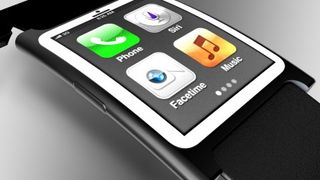
There are comparisons to be made between the smartphone market pre-iPhone and the current state of the wearables market.
Apple did not come up with the idea for the smartphone, but its products capitalised on the lacklustre competition with a slick interface and unique design and has gone on to sell millions. Microsoft can potentially pull a similar trick with smartwatches.
Microsoft already has stable businesses that generate billions of dollars in revenue that can be pushed into other areas without affecting the bottom line of the company. Essentially, Microsoft can feasibly bet billions on wearables, play the waiting game and then pick up the spoils at the end.
And Microsoft is definitely interested in smartwatches, filing a patent recently for a "wearable device which displays information" which can then be taken out of the strap and placed into a dock.
While these features may not seem particularly ground breaking, the very fact Microsoft is looking into smartwatches shows its interest in expanding into new markets and, more importantly, Nadella is willing to give the go ahead as we saw with the introduction of the Office suite on iPad.
The Windows Phone watch
Windows Phone's design lends itself to smaller screens, with the tile interface being a perfect fit for 'at a glance' information on your wrist. The app problem that faces Windows Phone users wouldn't be as pronounced on a watch as the use cases are far more limited.
Microsoft could build all of the services required in a watch (a clock app, maps, notification centre, etc.) without too much of a problem, combing the slick design of Windows Phone with their own custom apps.
It can also add a smartwatch to its "Universal" apps approach, meaning that apps made for Windows 8.1 and Windows Phone 8.1 run on a smartwatch too.
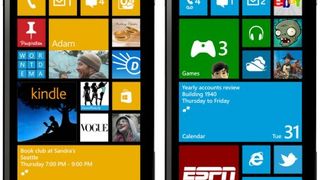
The $7.2 billion acquisition of Nokia could help Microsoft enormously in wearables. While Nokia has no specific credentials in designing wearable devices, they do have a history of stunning smartphone design, especially in recent years.
Nokia has undoubtedly explored the idea of a smartwatch and can combine this knowledge with Microsoft's.
A beautifully designed smartwatch, in multiple vibrant colours (as is the Nokia way), could be a best seller by the end of 2015 and could finally guarantee that a device with "Microsoft" written on it was in the hands of the masses.
Max Slater-Robins has been writing about technology for nearly a decade at various outlets, covering the rise of the technology giants, trends in enterprise and SaaS companies, and much more besides. Originally from Suffolk, he currently lives in London and likes a good night out and walks in the countryside.
